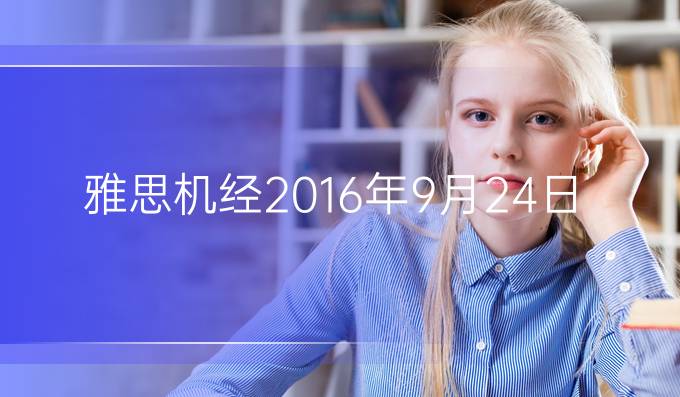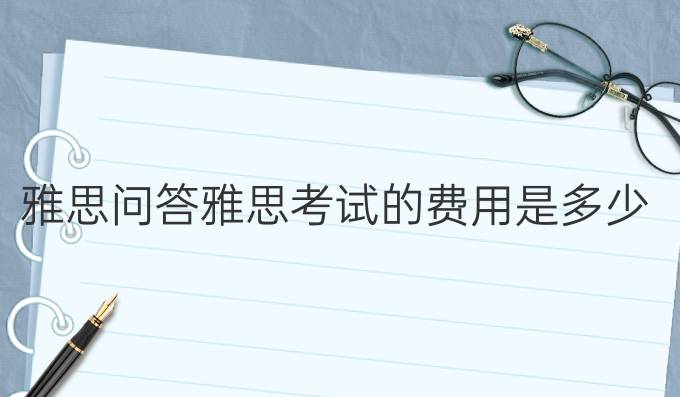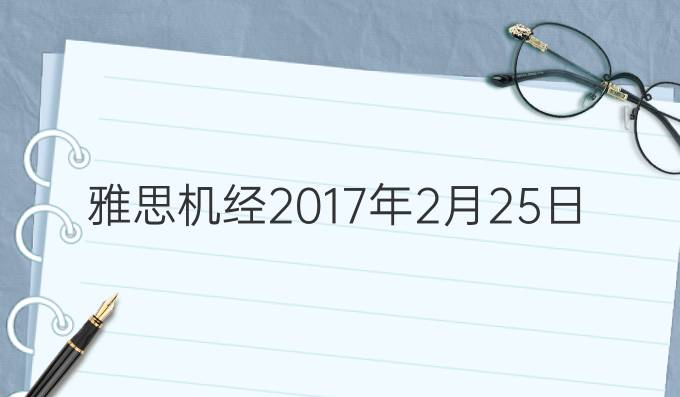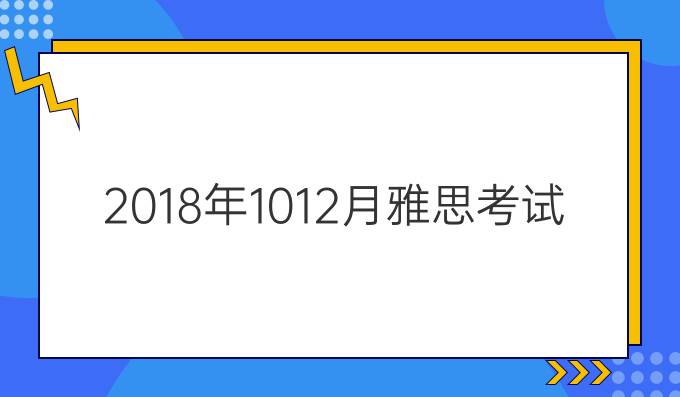
Passage 1
Magnetic Therapy
A
Magnetic therapy, which is a $5-billion market worldwide, is a form of alternative medicine which claims that magnetic fields have healing powers. Magnetic devices that are claimed to be therapeutic include magnetic bracelets, insoles, wrist and knee bands, back and neck braces, and even pillows and mattresses. Their annual sales are estimated at $300 million in the United States and more than a billion dollars globally. They have been advertised to cure a vast array of ills, particularly pain.
B
The therapy works on the principle of balancing electrical energy in the body by pulsating magnetic waves through different parts of the body. The electrical currents generated by magnets increase the blood flow and oxygen which helps to heal many of the ailments. The natural effects of the Earth’s magnetic field are considered to play an essential role in the health of humans and animals. It is generally accepted that our body draws some benefit from the Earth’s magnetic field. To restore the balance within our body allows us to function at our optimum level. For example, when the first astronauts returned to earth sick, NASA concluded that their illness resulted from the lack of a planetary magnetic field in outer space. To resolve the problem, NASA placed magnets in the astronauts’ space suits and space travel vehicles, and astronauts have returned to Earth healthy ever since.
C
Historically it is reported that magnets have been around for an extremely long time. The therapeutic power of magnets was known to physicians in ancient Greece, Egypt and China over 4000 years ago, who used naturally magnetic rock - lodestone - to treat a variety of physical and psychological ailments. Cleopatra the beautiful Egyptian queen was probably the first celebrity to use magnets. It is documented that in order to prevent from aging, she slept on a Lodestone to keep her skin youthful. Ancient Romans also used magnet therapy to treat eye disease.
D
The popularity of magnet therapy in the United States began to rise during the 1800s and soared in the post - Civil War era. Sears-Roebuck advertised magnetic jewelry in its catalog for the healing of virtually any ailment. An Austrian psychoanalyst by the name of Wilhelm Reich immigrated to the United States in 1939 and researched the effects of electromagnetism on humans. Today, Germany, Japan, Israel, Russia and at least 45 other countries considers magnetic therapy to be an official medical procedure for the treatment of numerous ailments, including various inflammatory and neurological problems.
E
For those who practice magnetic therapy, strongly believe that certain ailments can be treated if the patient is exposed to magnetic fields while at the same time there is a strong resentment from the medical establishment and critics claim that most magnets don’t have the strength to effect the various organs and tissues within the body and it is a product of Pseudoscience and is not based on proper research and analysis. There are few reported complications of magnetic therapy and the World Health Organization says low level of magnetic energy is not harmful. Documented side effects are not life-threatening and include pain, nausea and dizziness that disappeared when the magnets were removed. If considering magnet therapy, as with any medical treatment, it is always advisable to consult one’s regular physician first. Magnet therapy is gaining popularity; however, the scientific evidence to support the success of this therapy is lacking. More scientifically sound studies are needed in order to fully understand the effects that magnets can have on the body and the possible benefits or dangers that could result from their use. Magnet therapy is gaining popularity; however, the scientific evidence to support the success of this therapy is lacking. More scientifically sound studies are needed in order to fully understand the effects that magnets can have on the body and the possible benefits or dangers that could result from their use.
F
Researchers at Baylor University Medical Center recently conducted a double-blind study on the use of concentric-circle magnets to relieve chronic pain in 50 post-polio patients. A static magnetic device or a placebo device was applied to the patient’s skin for 45 minutes. The patients were asked to rate how much pain they experienced when a “trigger point was touched.” The researchers reported that the 29 patients exposed to the magnetic device achieved lower pain scores than did the 21 who were exposed to the placebo device. However, this study had significant flaws in their design. Although the groups were said to be selected randomly, the ratio of women to men in the experimental group was twice that of the control group; the age of the placebo group was four years higher than that of the control group; there was just one brief exposure and no systematic follow-up of patients.
G
Magnet therapy is gaining popularity; however, the scientific evidence to support the success of this therapy is lacking. More scientifically sound studies are needed in order to fully understand the effects that magnets can have on the body and the possible benefits or dangers that could result from their use.
Questions 1-6
Reading passage 1 has seven paragraphs. A-G
Choose the correct heading for paragraphs A -G front the list of headings below.
Write the correct number, i-x, in boxes 1-6 on your answer sheet.
List of headings i Earth itself as the biggest magnet ii The commercial magnetic products iii Utilize the power from natural magnetic field iv Early application of magnet v Brief introduction of how the magnetic therapy works vi Pain-reducing effect vii Arguments for and against the therapy viii An experiment on post-polio patients ix Conditions of magnet use today |
1 Paragraph A
2 Paragraph B
3 Paragraph C
4 Paragraph D
5 Paragraph E
6 Paragraph F
Questions 7-8
Choose TWO letters, A-E.
Write the correct letters in boxes 7-8 on your answer sheet.
Which two of the lodestone benefits in ancient times are mentioned by the writer in the text?
A make facial mask
B diminish the energy
C improve eyesight
D keep younger appearance
E remove dizziness
Questions 9-10
Choose TWO letters, A-E.
Write the correct letters in boxes 9-10 on your answer sheet.
Which two weakness of the Baylor research docs the writer present?
A The number of the subjects involved were not enough.
B There was no further evidence to support.
C The patients were at the same age.
D The device used in the experiment did not work properly.
E The gender ratio was not in proportion
Questions 11-13
Complete each sentence with the correct ending, A-F, below.
Write the correct letters, A-F, in boxes 11-13 on your answer sheet.
11 The first NASA astronauts’ sickness
12 According to the WHO, under the physician’s instruction, a small amount of magnetic energy
13 The author holds that in order to fully understand the magnetic effects, we
A has no negative side effect. B resulted from the physical ailment. C should have more sophisticated studies D is exposed to the placebo device. E must select the subjects randomly. F came from the absence of magnetic field. |
Answer Key:
1 ii
2 v
3 iv
4 ix
5 vii
6 viii
7 C
8 D
9 B
10 E
11 F
12 A
13 C
Life code: unlocked!
A
On an airport shuttle bus to the Kavli Institute for Theoretical Physics in Santa Barbara, Calif., Chris Wiggins took a colleague's advice and opened a Microsoft Excel spreadsheet. It had nothing to do with the talk on biopolymer physics he was invited to give. Rather the columns and rows of numbers that stared back at him referred to the genetic activity of budding yeast. Specifically, the numbers represented the amount of messenger RNA (mRNA) expressed by all 6,200 genes of the yeast over the course of its reproductive cycle. “It was the first time I ever saw anything like this,” Wiggins recalls of that spring day in 2002. “How to make sense of all these data?”
B
Instead of shirking from this question, the 36-year-old applied mathematician and physicist at Columbia University embraced it-and now six years later he thinks he has an answer. By foraying into fields outside his own, Wiggins has drudged up tools from a branch of artificial intelligence called machine learning to model the collective protein- making activity of genes from real-world biological data. Engineers originally designed these tools in the late 1950s to predict output from input. Wiggins and his colleagues have now brought machine learning to the natural sciences and tweaked it so that it can also tell a story-one not only about input and output but also about what happens inside a model of gene regulation, the black box in between.
C
The impetus for this work began in the late 1990s, when high-throughput techniques generated more mRNA expression profiles and DNA sequences than ever before, “opening up a completely different way of thinking about biological phenomena,” Wiggins says. Key among these techniques were DNA microarrays, chips that provide a panoramic view of the activity of genes and their expression levels in any cell type, simultaneously and under myriad conditions. As noisy and incomplete as the data were, biologists could now query which genes turn on or off in different cells and determine the collection of proteins that give rise to a cell’s characteristic features- healthy or diseased.
D
Yet predicting such gene activity requires uncovering the fundamental rules that govern it. “Over time, these rules have been locked in by cells,” says theoretical physicist Harmen Bussemaker, now an associate professor of biology at Columbia. “Evolution has kept the good stuff.” To find these rules, scientists needed statistics to infer the interaction between genes and the proteins that regulate them and to then mathematically describe this network’s underlying structure-the dynamic pattern of gene and protein activity over time. But physicists who did not work with particles (or planets, for that matter) viewed statistics as nothing short of an anathema. “If your experiment requires statistics,” British physicist Ernest Rutherford once said, “you ought to have done a better experiment.”
E
But in working with microarrays, “the experiment has been done without you,” Wiggins explains. “And biology doesn't hand you a model to make sense of the data.” Even more challenging, the building blocks that make up DNA, RNA and proteins are assembled in myriad ways; moreover, subtly different rules of interaction govern their activity, making it difficult, if not impossible, to reduce their patterns of interaction to fundamental laws. Some genes and proteins are not even known. “You are trying to find something compelling about the natural world in a context where you don't know very much,” says William Bialek, a biophysicist at Princeton University. “You're forced to be agnostic.” Wiggins believes that many machine- learning algorithms perform well under precisely these conditions. When working with so many unknown variables, “machine learning lets the data decide what's worth looking at,” he says.
F
At the Kavli Institute, Wiggins began building a model of a gene regulatory network in yeast - the set of rules by which genes and regulators collectively orchestrate how vigorously DNA is transcribed into mRNA. As he worked with different algorithms, he started to attend discussions on gene regulation led by Christina Leslie, who ran the computational biology group at Columbia at the time. Leslie suggested using a specific machine-learning tool called a classifier. Say the algorithm must discriminate between pictures that have bicycles in them and pictures that do not. A classifier sifts through labeled examples and measures everything it can about them, gradually learning the decision rules that govern the grouping. From these rules, the algorithm generates a model that can determine whether or not new pictures have bikes in them. In gene regulatory networks, the learning task becomes the problem of predicting whether genes increase or decrease their protein-making activity.
G
The algorithm that Wiggins and Leslie began building in the fall of 2002 was trained on the DNA sequences and mRNA levels of regulators expressed during a range of conditions in yeast-when the yeast was cold, hot, starved, and so on. Specifically, this algorithm-MEDUSA (for motif element discrimination using sequence agglomeration)-scans every possible pairing between a set of DNA promoter sequences, called motifs, and regulators. Then, much like a child might match a list of words with their definitions by drawing a line between the two, MEDUSA finds the pairing that best improves the fit between the model and the data it tries to emulate. (Wiggins refers to these pairings as edges.) Each time MEDUSA finds a pairing, it updates the model by adding a new rule to guide its search for the next pairing. It then determines the strength of each pairing by how well the rule improves the existing model. The hierarchy of numbers enables Wiggins and his colleagues to determine which pairings are more important than others and how they can collectively influence the activity of each of the yeast's 6,200 genes. By adding one pairing at a time, MEDUSA can predict which genes ratchet up their RNA production or clamp that production down, as well as reveal the collective mechanisms that orchestrate an organism's transcriptional logic.
Questions 1-6
The reading passage has seven paragraphs, A-G
Choose the correct heading for paragraphs A-G from the list below.
Write the correct number, i-x, in boxes 1-6 on your answer sheet.
List of Headings i The search for the better-fit matching between the model and the gained figures to foresee the activities of the genes ii The definition of MEDUSA iii A flashback of an commencement for a far-reaching breakthrough iv A drawing of the gene map v An algorithm used to construct a specific model to discern the appearance of something new by the joint effort of Wiggins and another scientist vi An introduction of a background tracing back to the availability of mature techniques for detailed research on genes vii A way out to face the challenge confronting the scientist on the deciding of researchable data viii A failure to find out some specific genes controlling the production of certain proteins ix The use of a means from another domain for reference x A tough hurdle on the way to find the law governing the activities of the genes |
Example
Paragraph A iii
1 Paragraph B
2 Paragraph C
3 Paragraph D
4 Paragraph E
5 Paragraph F
6 Paragraph C
Questions 7-9
Do the following statements agree with the information given in Reading Passage 1?
In boxes 7-9 on your answer sheet, write
TRUE if the statement is true
FALSE if the statement is false
NOT GIVEN if the information is not given in the passage
7 Wiggins is the first man to use DNA microarrays for the research on genes.
8 There is almost no possibility for the effort to decrease the patterns of interaction between DNA, RNA and proteins.
9 Wiggins holds a very positive attitude on the future of genetic research.
Questions 10-13
Summary
Complete the following summary of the paragraphs of Reading Passage, using No More than Three words from the Reading Passage for each answer. Write your answers in boxes 10-13 on your answer sheet.
Wiggins states that the astoundingly rapid development of techniques concerning the components of genes aroused the researchers to look at 10................... from a totally new way 11................... is the heart and soul of these techniques and no matter what the 12................... were, at the same time they can offer a whole picture of the genes' activities as well as 13................... in all types of cells. With these techniques scientists could locate the exact gene which was on or off to manipulate the production of the proteins. |
Answer Key:
1 ix
2 vi
3 x
4 vii
5 v
6 i
7 NOT GIVEN
8 TRUE
9 NOT GIVEN
10 biological phenomena
11 DNA microarrays
12 (myriad) conditions
13 their expression levels
.png)






